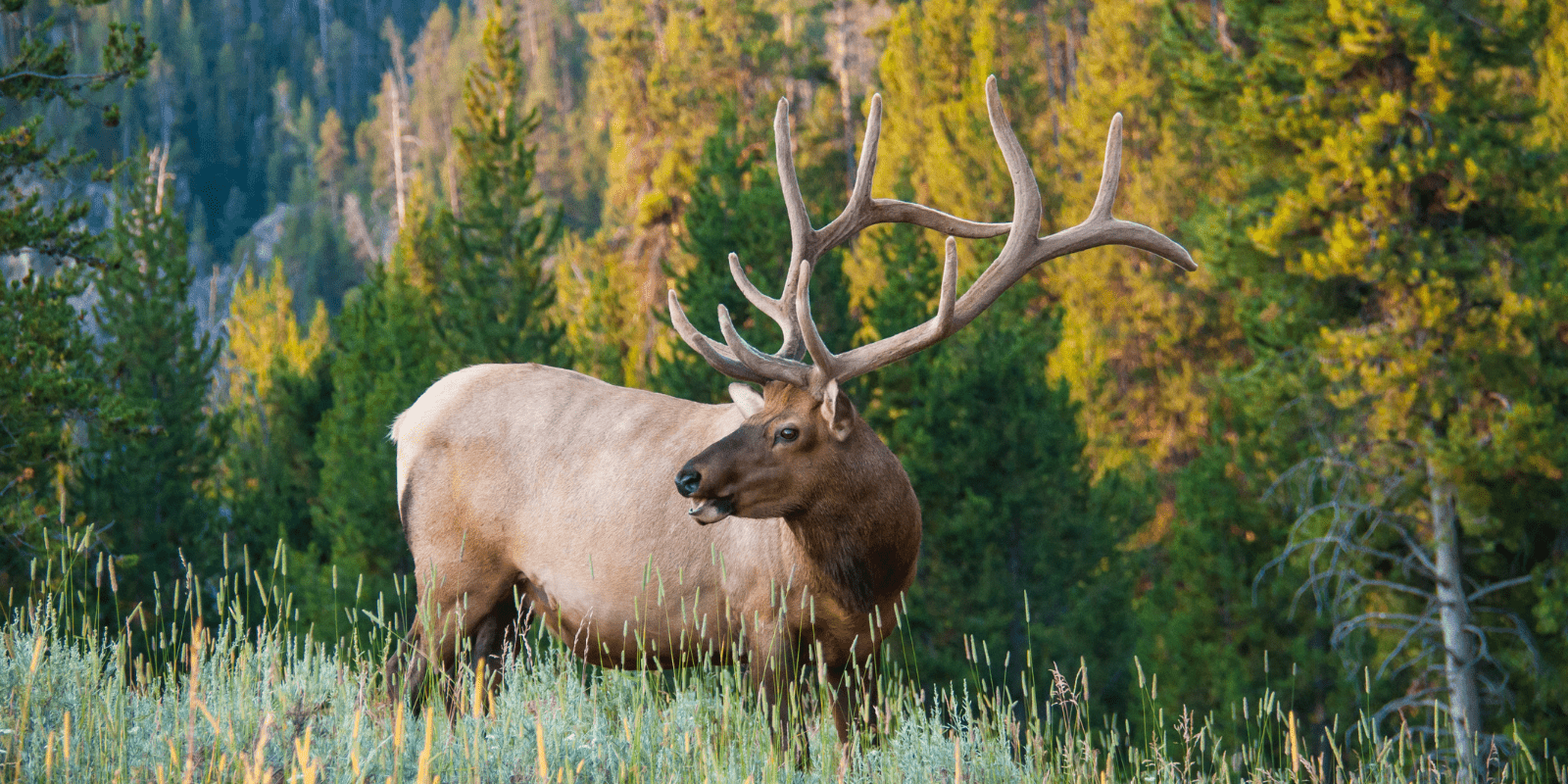We have much more to do and your continued support is needed now more than ever.
Nearly 30 U.S. Cities Urge Congress to Save Land and Water Conservation Fund
Cities and Counties Pass Resolutions to Save Their Outdoor Spaces

Local Elected Officials Call on Congressional Leaders to reauthorize and fully fund the successful conservation program.
The Land and Water Conservation Fund plays a critical role in supporting outdoor recreation, small businesses and conservation in communities across the country. A diverse array of cities and counties have passed resolutions urging Congress to permanently reauthorize and fully fund the Land and Water Conservation Fund, which expired due to congressional inaction this past September. Almost 30 local governing bodies have passed resolutions thus far:
California: Cities of Carson, Buena Park, Laguna Beach, Modesto, Del Mar, California City, Simi Valley, Corona and Eureka.
New Mexico: Cities of Santa Fe, Albuquerque, Las Cruces and Bernalillo County.
Colorado: City of Wheat Ridge, Chaffee and Eagle Counties passed resolutions while the City of Denver expressed its’ support via social media.
Florida: Sarasota and Monroe Counties.
Minnesota: Cities of St. Paul, Afton and Bloomfield.
Montana: City of Missoula.
Wisconsin: Cities of Racine and Milton, Village of Dousman and Kenosha and Waukesha Counties.
Nevada: City of Henderson.

A Boon to Outdoor Enthusiasts
Created in 1964, the Land and Water Conservation Fund is one of our nation’s oldest and most successful conservation programs. It has helped local communities conserve irreplaceable public lands, protect critical wildlife habitat and improve outdoor recreation opportunities in every state.

The Land and Water Conservation Fund has benefited every American and community across the country. As the most effective land conservation and recreation program in our history, the Land and Water Conservation Fund has provided over $18.4 billion to support local parks, ballfields and trails, improve access to public lands, restore wildlife habitat and enhance outdoor recreation, including creating more opportunities for hiking, camping, hunting and fishing. Highlighting this point, the National Wildlife Federation recently released reports discussing the Fund’s specific benefits to kids and families and as well as to America’s Hunting and Fishing Heritage.
“These projects are critical to helping local governments offset the costs of building parks and green spaces, which provide residents of all income levels access to the outdoors and healthy recreation opportunities” said Gabe Vasquez, Las Cruces City Councilor. Vasquez continued, “without LWCF, the City of Las Cruces can’t afford to build a much-needed new playground at Apodaca Park. Cities like Las Cruces count on the federal government to hold up to its end of the bargain to make funds available for the Land & Water Conservation Fund. If this Congress wants to prioritize families, it should work in good faith to make permanent and fully fund LWCF.”
Americans Overwhelmingly Support LWCF Funding
A national poll conducted by the National Wildlife Federation by Public Policy Polling found 74 percent of respondents support congressional action to permanently reauthorize and fully fund the Land and Water Conservation Fund. The survey, which included 662 registered voters, also found that 63 percent of voters “would feel more favorably” about their member of Congress if he or she voted to renew the program. Nearly half of the survey’s participants (48 percent) reported they would feel “less favorably” about their representative if he or she voted for reauthorization of the Land and Water Conservation Fund without funding it.
According to the Outdoor Industry Association, the United States’ outdoor recreation industry stimulates $887 billion of economic activity annually. This translates into 7.6 million jobs, which generate $65.3 in federal tax revenue and $59.2 billion to state and local tax bases. Tracy Stone-Manning, the National Wildlife Federation’s associate vice president for public lands notes, “This is big business that benefits local communities and the Land and Water Conservation Fund is a key program that helps drive our national and state economies. Some of America’s most treasured places, iconic national parks and biggest tourist destinations have benefited from the Land and Water Conservation Fund. In its 54 year history, the Land and Water Conservation Fund has supported more than 41,000 state and local park projects and been used to fund city parks, promote access to public lands, protect water resources, and improve wildlife habitat — all these projects support local jobs and promote our outdoor economy.”
Red-winged blackbird habitat is protected in Missoula, MT, thanks to the LWCF funding of McCormick Park. It’s home to wetlands and the Silver’s Lagoon Interpretive Trail, a project is to encourage kids and families to learn about local wildlife.
How LWCF Works
The Land and Water Conservation Fund uses fees from offshore oil and gas revenues — at no cost to taxpayers — to invest in urban parks, walking and biking trails, wildlife habitat, historic sites, national parks and other open spaces. Yet nearly every year, instead of providing the Land and Water Conservation Fund with its authorized level of $900 million annually, Congress diverts much of this funding to purposes other than conserving our most important lands and waters. To ensure this practice ends, over 30 local governing bodies throughout the country passed resolutions urging Congress to fully fund the program.
Learn More
And, if you’d like help with passing a city council or county commission resolution in your community, contact Andrew Black at blacka@nwf.org.





















